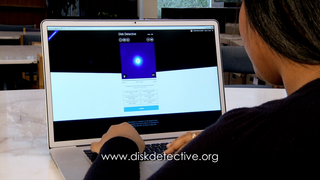Planets and Moons
Universe
ID: 12498
A new website funded by NASA lets the public search for new worlds in the outer reaches of our solar system and in neighboring interstellar space. The website, called Backyard Worlds: Planet 9, allows everyone to participate in the search though brief movies made from images captured by NASA's Wide-field Infrared Survey Explorer (WISE) mission. The movies highlight sources that have gradually moved across the sky.
The new website uses WISE all-sky data to search for unknown objects in and beyond our own solar system. In 2016, astronomers at the California Institute of Technology showed that several distant solar system objects possessed orbital features indicating they were affected by the gravity of an as-yet-undetected planet, which the researchers nicknamed "Planet Nine." If Planet Nine exists and is as bright as some predictions, it could show up in WISE data.
The search also may discover more distant objects like brown dwarfs, sometimes called failed stars, in nearby interstellar space. These strange objects form like stars but evolve like planets, the coldest ones being much like Jupiter.
On the website, people around the world can work their way through millions of "flipbooks," which are brief animations showing how small patches of the sky changed over several years. Moving objects flagged by users will be prioritized by the science team for later follow-up observations by professional astronomers. Participants will share credit for their discoveries in any scientific publications that result from the project.
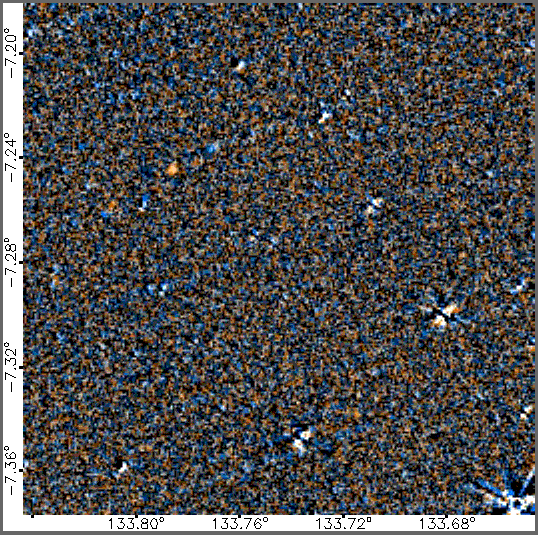
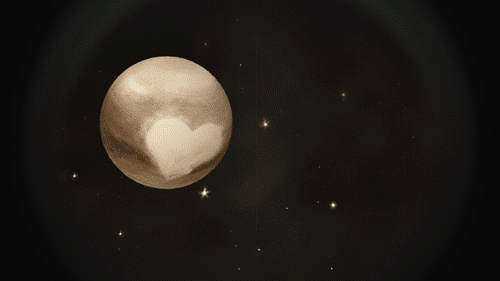
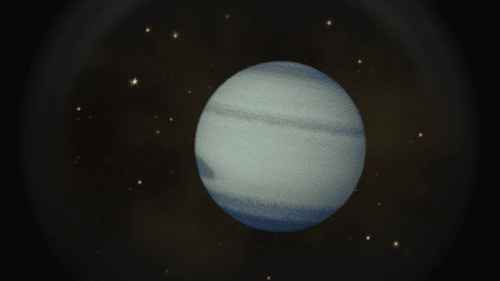
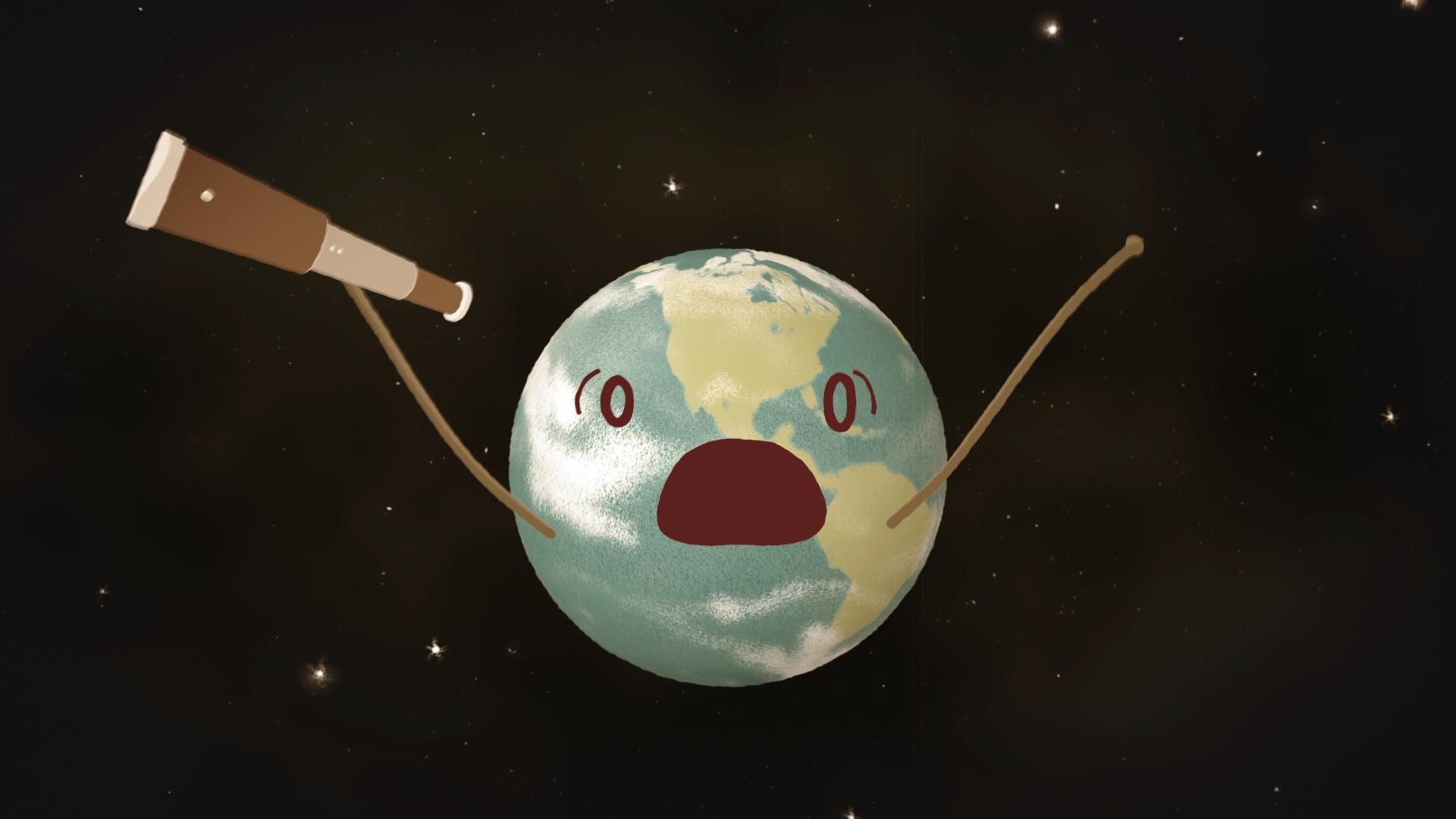
Join the Search for New Nearby Worlds
The new website uses WISE all-sky data to search for unknown objects in and beyond our own solar system. In 2016, astronomers at the California Institute of Technology showed that several distant solar system objects possessed orbital features indicating they were affected by the gravity of an as-yet-undetected planet, which the researchers nicknamed "Planet Nine." If Planet Nine exists and is as bright as some predictions, it could show up in WISE data.
The search also may discover more distant objects like brown dwarfs, sometimes called failed stars, in nearby interstellar space. These strange objects form like stars but evolve like planets, the coldest ones being much like Jupiter.
On the website, people around the world can work their way through millions of "flipbooks," which are brief animations showing how small patches of the sky changed over several years. Moving objects flagged by users will be prioritized by the science team for later follow-up observations by professional astronomers. Participants will share credit for their discoveries in any scientific publications that result from the project.




Related
For More Information
Credits
Scott Wiessinger (USRA): Lead Producer
Francis Reddy (Syneren Technologies): Lead Science Writer
Krystofer Kim (USRA): Lead Animator
Marc Kuchner (NASA/GSFC): Lead Scientist
Genna Duberstein (USRA): Support
Francis Reddy (Syneren Technologies): Lead Science Writer
Krystofer Kim (USRA): Lead Animator
Marc Kuchner (NASA/GSFC): Lead Scientist
Genna Duberstein (USRA): Support
Please give credit for this item to:
NASA's Goddard Space Flight Center
However, individual items should be credited as indicated above.
NASA's Goddard Space Flight Center
However, individual items should be credited as indicated above.
Short URL to share this page:
https://svs.gsfc.nasa.gov/12498
This item is part of these series:
Narrated Movies
Astrophysics Features
Keywords:
SVS >> HDTV
SVS >> Music
SVS >> Astrophysics
SVS >> Solar System
SVS >> Edited Feature
SVS >> Planets
SVS >> Brown Dwarf
NASA Science >> Planets and Moons
NASA Science >> Universe
SVS >> Exoplanet
SVS >> Citizen Science
https://svs.gsfc.nasa.gov/12498
This item is part of these series:
Narrated Movies
Astrophysics Features
Keywords:
SVS >> HDTV
SVS >> Music
SVS >> Astrophysics
SVS >> Solar System
SVS >> Edited Feature
SVS >> Planets
SVS >> Brown Dwarf
NASA Science >> Planets and Moons
NASA Science >> Universe
SVS >> Exoplanet
SVS >> Citizen Science

